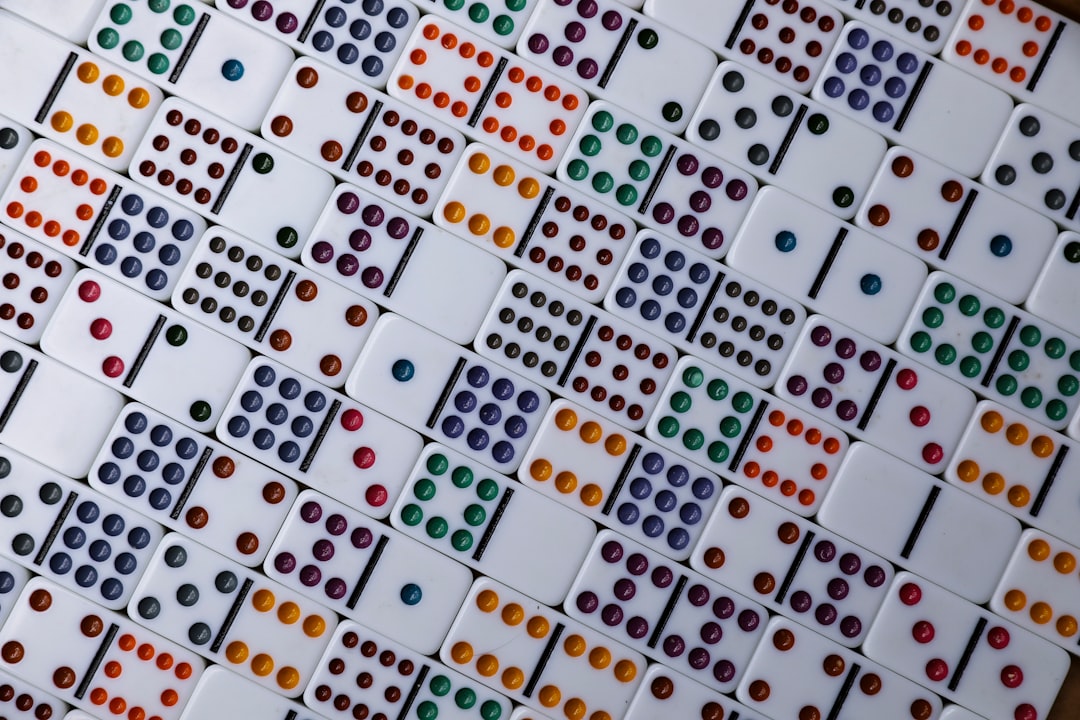What is it about?
snoRNAs are a large family of noncoding RNAs present throughout eukaryotes and archaea, but the targets of most snoRNAs remain unknown. Using crosslinking based methods (e.g., PARIS), we discover a large snoRNA-tRNA interaction network that controls tRNA modifications, levels, and activity. Loss of specific snoRNAs tipped the balance of codon usage between growth and developmental gene expression programs, leading to surprising consequences in stem cells, simultaneously increasing pluripotency and differentiation potential. In particular, loss of D97/D133 snoRNAs dramatically improved cardiomyocyte differentiation from stem cells.
Featured Image

Photo by Paul Pastourmatzis on Unsplash
Why is it important?
The orphan snoRNAs are a decades-old mystery that has puzzled RNA biologists. We provided the first comprehensive view of snoRNA targets and linked them to tRNAs, another group of ancient molecules. The extensive interaction network suggest broader functions of snoRNAs in translation regulation and stem cell biology. The surprising discovery of the snoRNA regulation of dichotomous gene expression programs in development opens exciting possibilities in regenerative medicine.
Perspectives
With more than 2000 poorly-studied snoRNAs in the human genome, many of which deeply conserved, and linked to genetic disorders, we hope this work will bring new excitement of this largely forgotten group of molecules.
Zhipeng Lu
University of Southern California
Read the Original
This page is a summary of: A snoRNA–tRNA modification network governs codon-biased cellular states, Proceedings of the National Academy of Sciences, October 2023, Proceedings of the National Academy of Sciences,
DOI: 10.1073/pnas.2312126120.
You can read the full text:
Contributors
The following have contributed to this page










